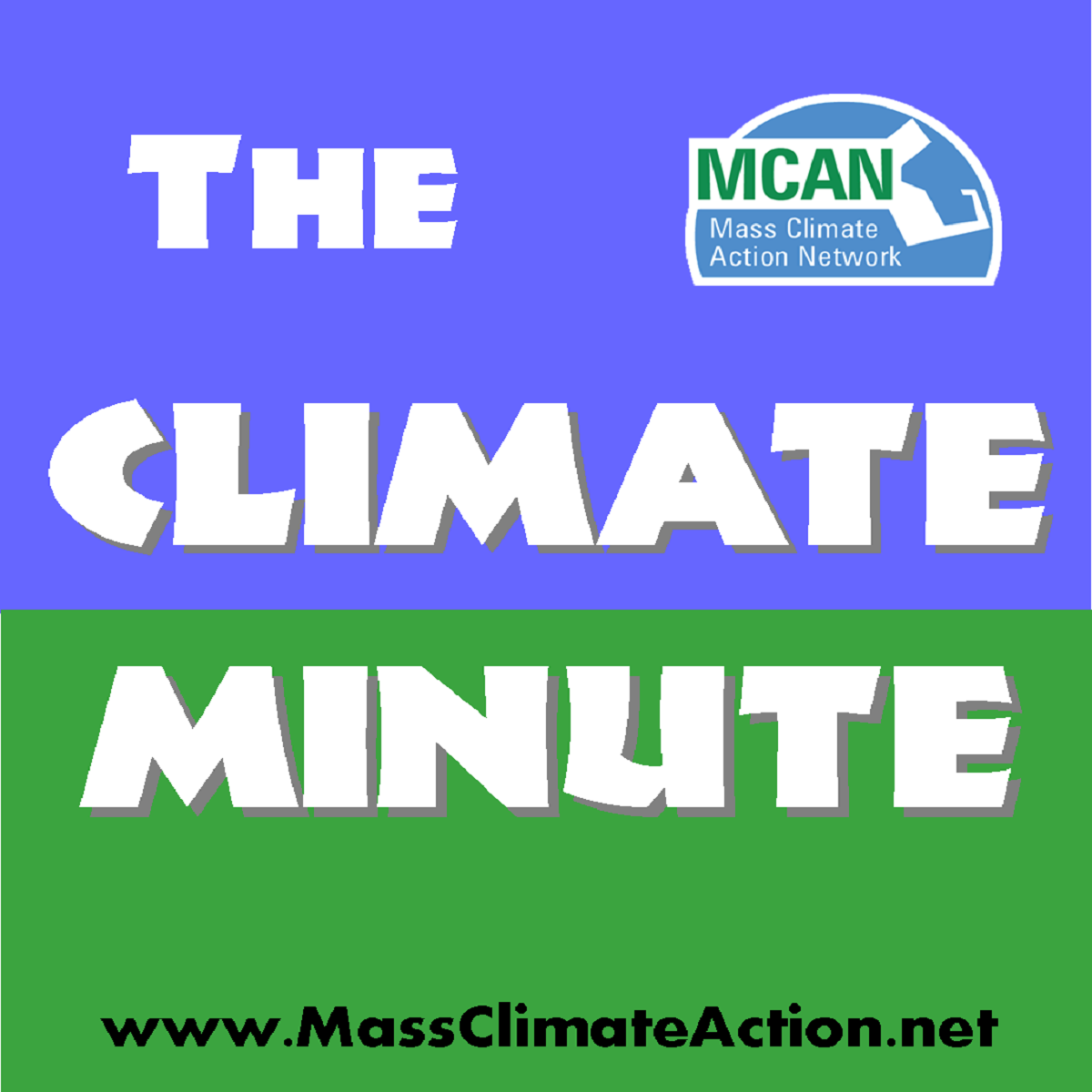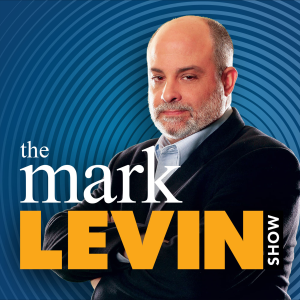

The Climate Minute: IPCC Report on Mitigation-What does it say? What does it mean? (PODCAST)
The recent IPCC report on mitigation is the big news. What is it? What does it say? What does it mean? In this week’s show we will discuss the content and context of the report with Malcolm Bliss, the statewide coordinator of 350MA for the Better Future Project.
The stream of IPCC reports can turn in to a parade of acronyms, so let’s review. The “Intergovernmental Panel on Climate Change (IPCC) was established by the UN in the late ‘80s with the mission to “to provide the world with a clear scientific view on the current state of knowledge in climate change and its potential environmental and socio-economic impacts.” The IPCC has three working groups (WG) of scientists who read and combine published scientific papers into reports. The first group works on the physical science basis of climate change, the second on “impact, adaptation and vulnerabilities” while the third group works on mitigation (that is greenhouse gas-GHG for short- reduction.) This third working group has put out the latest report. The website is here. In October, 2015, the reports from these three working groups will be compiled into a “synthesis report.” That is a lot of work!
So what is the current report about?
The Working Group III contribution assesses the options for mitigating climate change and their underlying technological, economic and institutional requirements. It transparently lays out risks, uncertainty and ethical foundations of climate change mitigation policies on the global, national and sub-national level, investigates mitigation measures for all major sectors and assesses investment and finance issues.
You can find the bold face statement listed below as paragraph headers in the pdf format of the report. The commentary underneath each statement is our own!
1. Effective mitigation will not be achieved if individual agents advance their own interests independently.
a. Exxon sees no risk to carbon reserves.
2. Climate policy may be informed by a consideration of a diverse array of risks and uncertainties, some of which are difficult to measure, notably events that are of low probability but which would have a significant impact if they occur.
a. Think melting permafrost.
3. The design of climate policy is influenced by how individuals and organizations perceive risks and uncertainties and take them into account.
4. About half of cumulative anthropogenic CO2 emissions between 1750 and 2010 have occurred in the last 40 years.
a. How close to 40 years old are you?
5. Mitigation policy could devalue fossil fuel assets and reduce revenues for fossil fuel exporters, but differences between regions and fuels exist
a. Pope Francis asked to endorse divestment.
6. Infrastructure developments and long‐lived products that lock societies into GHG‐intensive emissions pathways may be difficult or very costly to change, reinforcing the importance of early action for ambitious mitigation
a. Jimmy Carter and others call for KXL rejection.
7. GHG emissions from energy supply can be reduced significantly by replacing current world average coal‐fired power plants with modern, highly efficient natural gas combined‐cycle power plants or combined heat and power plants, provided that natural gas is available and the fugitive emissions associated with extraction and supply are low or mitigated
a. http://grist.org/news/no-the-ipcc-climate-report-doesnt-call-for-a-fracking-boom/
b. http://thinkprogress.org/climate/2014/04/15/3426697/methane-vastly-underestimated/
c. http://blog.nwf.org/2014/04/epa-research-shows-regulating-methane-is-efficient-and-low-cost/
8. In some countries, tax‐based policies specifically aimed at reducing GHG emissions—alongside technology and other policies—have helped to weaken the link between GHG emissions and GDP
a. An article on the BC carbon tax.
So what does it all mean? It seems the message of this document is that we must act together, equitably and soon. Some say that science has done what it can, and now WE need to take action. It is up to us to find the vocabulary to give meaning to what the scientists have said.
…Ted McIntyre
More Episodes
All Episodes>>Create Your Podcast In Minutes
- Full-featured podcast site
- Unlimited storage and bandwidth
- Comprehensive podcast stats
- Distribute to Apple Podcasts, Spotify, and more
- Make money with your podcast












